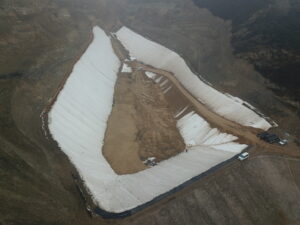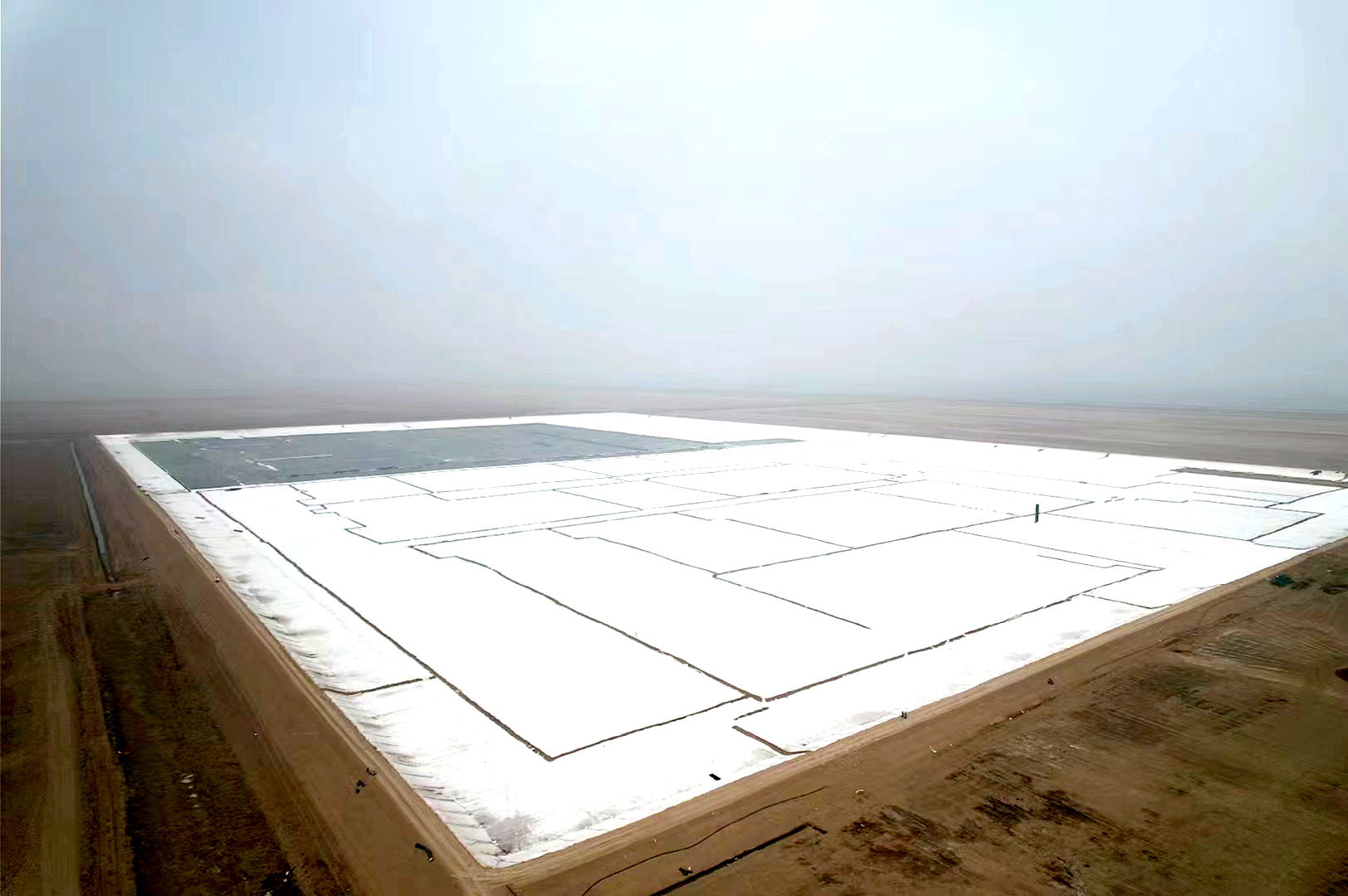Water resistance test of geotextiles
The water resistance test of geotextiles is an important test used to evaluate the performance and stability of geotextiles in humid or flooded environments.
This kind of testing usually includes the following steps and methods:
Sample preparation: Cut a representative sample from the geotextile. The shape and size of the sample is usually based on specific standards or project needs.
Soak test: Completely immerse the geotextile sample in water. Typically, the water used in the test is tap water or salt water, depending on the actual use environment. The geotextile sample should be completely soaked in water to ensure that both its surface and interior are affected by water.
Soaking time: Soaking time can vary based on specific requirements, usually ranging from hours to days. The length of soaking time depends on the use situation being simulated, for example, whether long-term flooding needs to be simulated.
Observation and recording: During the soaking period, regular observations and records were made on the geotextile samples. Observations can include checking for surface changes, dimensional stability and any visible breakage or damage.
Weight change: After soaking, take out the geotextile sample, remove excess moisture on the surface, and then weigh it. By comparing the weight change before and after soaking, the water absorption of the geotextile can be evaluated.
Physical property testing: In addition to weight changes, other physical property testing, such as tensile strength testing, tearing strength testing, etc., can also be conducted to evaluate the performance changes of the geotextile after soaking.
Chemical performance tests: Some chemical performance tests are sometimes performed to evaluate the chemical corrosion resistance of geotextiles in water.
Data analysis: Based on the test results, analyze the performance of the geotextile in the soak test. This can help determine whether the geotextile is suitable for a specific project or use environment.
Please note that geotextile water resistance testing may vary depending on standards, specifications and project needs.
Therefore, before conducting testing, relevant standards or project specifications should be carefully reviewed to ensure the accuracy and consistency of the testing process and evaluation criteria.
The test results will help engineers and designers select appropriate geotextile materials and ensure their stable performance in wet or water-logged environments.

UV stability test of geotextiles
The UV stability test of geotextiles is a test method used to evaluate the durability and performance stability of geotextiles under sunlight ultraviolet (UV) radiation. When geotextiles are exposed to outdoor environments, long-term exposure to the sun’s UV rays can cause the material to age, deteriorate, and fail. Therefore, conducting UV stability testing can help determine the service life and reliability of geotextiles in outdoor environments.
The following are the general steps and methods for UV stability testing of geotextiles:
Sample preparation: Cut a representative sample from the geotextile. The shape and size of the sample is usually based on specific standards or project needs.
Ultraviolet radiation equipment: Use specialized ultraviolet radiation equipment, such as UV light boxes or accelerated aging chambers. These devices can simulate the exposure of geotextiles to UV radiation in outdoor environments.
Exposure time and intensity: Determine the exposure time and intensity to which the geotextile will be exposed to UV radiation. This can be determined based on factors such as the actual application, geographic location, and expected service life.
Exposure test: Place the geotextile sample under UV radiation equipment for exposure test. Samples should be exposed to UV radiation to simulate actual environmental exposure conditions.
Regular observations and records: During the exposure test, the geotextile samples were regularly observed and recorded. It can observe and record the surface changes, color changes, strength changes, etc. of the geotextile.
Physical property testing: After the exposure test, the geotextile samples are tested for physical properties, such as tensile strength, tear strength, etc. This will help evaluate the performance changes of geotextiles under UV radiation.
Data analysis: Based on the test results, analyze the performance of the geotextile in the exposure test. This helps determine the geotextile’s durability and UV stability in outdoor environments.
It should be noted that the specific methods and standards for UV stability testing of geotextiles may vary depending on application needs and industries.
Therefore, before conducting testing, it is recommended to refer to relevant standards, specifications or project requirements to ensure the accuracy and consistency of the testing process.
Test results will help determine the service life and performance reliability of geotextiles in outdoor environments and select the appropriate geotextile material to meet specific needs.
Author

Founded in 2002, Tinhy's team focuses on the manufacturing, marketing, installation, application and research and development of geosynthetic materials.
View all posts





